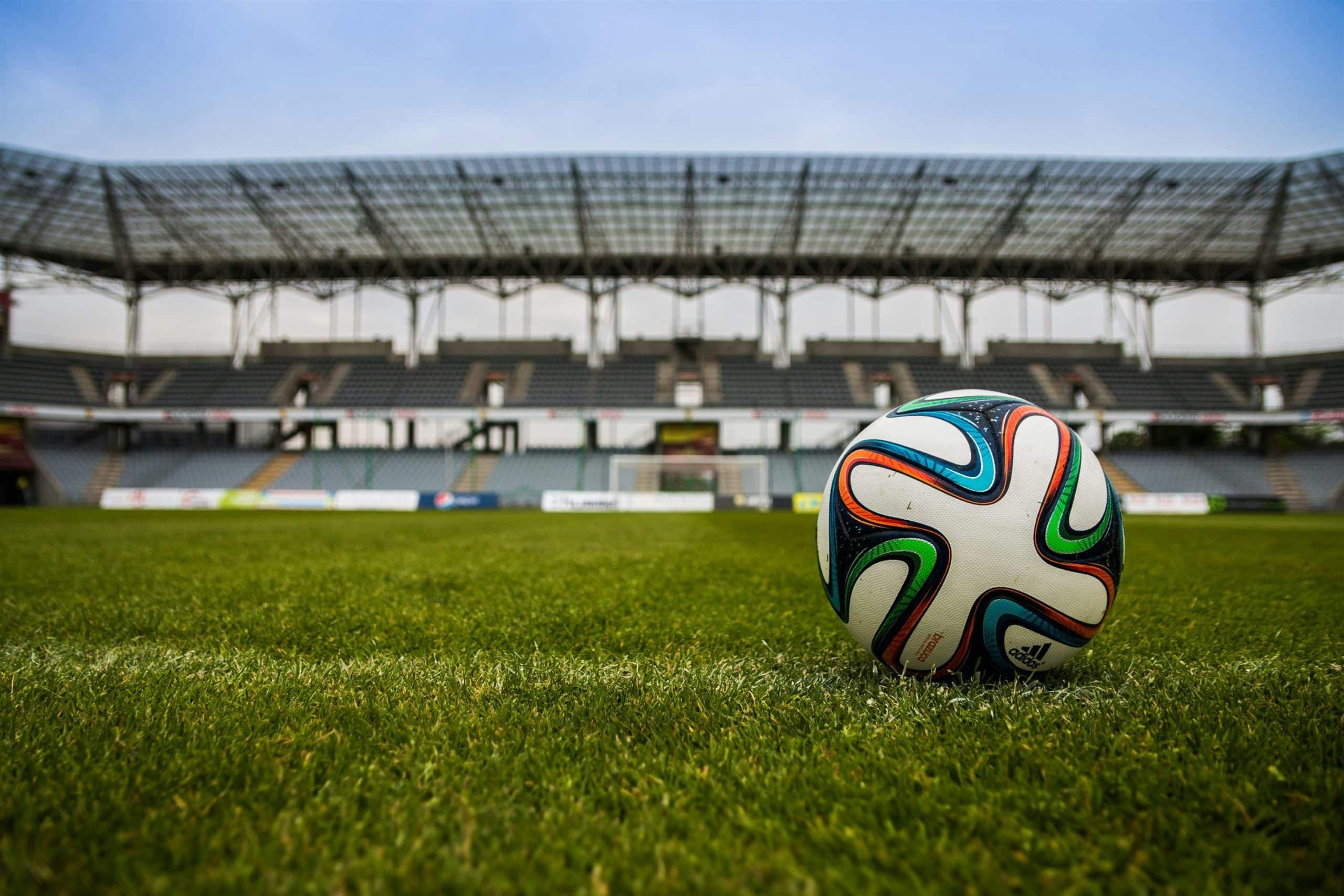In the realm of soccer, or as many around the globe call it, football, players adopt various techniques and strategies to enhance their performance on the pitch. Among the myriad of skills a football player must harness, balance, and coordination rank high on the list. These two aspects are significant contributors to a player’s ability to maintain control of the ball and showcase impressive dribbling skills. The ability to dribble a football effectively is a game-changer, often paving the way for winning strategies and contributing to the overall success of the team. As such, players are consistently seeking ways to improve these skills. In this article, we will delve into the strategies footballers can employ to enhance their balance and coordination for better dribbling skills.
The Role of Balance in Football
Balance is the cornerstone of any physical activity, and football is no exception. In football, balance allows players to maintain their body position whether they are standing still, running, or changing direction. This bodily control, in turn, plays a pivotal role in enhancing a player’s dribbling skills.
Lire également : What are the latest techniques in biomechanics that can help football players prevent injuries?
Let’s take a closer look at the importance of balance in football. A player with excellent balance can remain upright and resist forces that may cause them to fall or stumble. This ability is crucial when dribbling past defenders or maintaining control of the ball in tight spaces. Balance also aids in performing rapid direction changes and stopping abruptly, both of which are invaluable skills in a football match.
To improve balance, a football player can engage in specific training exercises such as single-legged squats, lunges, and balance board exercises. These activities challenge the body’s equilibrium, encouraging the development of stronger and more responsive balance reflexes.
En parallèle : How can football players effectively utilize video games for mental training?
Enhancing Coordination in Football
Like balance, coordination is a vital skill for any football player. It entails the ability to use different parts of the body smoothly and efficiently. In the context of football, coordination manifests in the harmonious working of the eyes, feet, and ball during the game.
The essence of coordination in football cannot be overstated. It is what allows a player to control the ball effectively while dribbling, passing, shooting, and even defending. In essence, better coordination correlates to better ball control and thus, better performance on the pitch.
Football players can boost their coordination through training exercises designed to enhance their agility, reaction times, and proprioception (the conscious awareness of the body in space). Such activities might include ladder drills, ball juggling, or footwork exercises with cones.
The Impact of Balance and Coordination on Dribbling Skills
Dribbling is an essential skill in football. It involves the player’s ability to maneuver the ball using their feet while preventing the opposition from gaining control. A player with superior dribbling skills can often tip the game in their team’s favor.
Balance and coordination have a profound impact on a player’s dribbling skills. Together, they determine the player’s ability to control the ball under pressure, navigate through tight spaces, and evade opponents. By enhancing their balance and coordination, football players can significantly improve their dribbling skills, leading to better game performance.
To improve dribbling skills, players can practice drills that emulate match conditions. These drills should challenge their balance and coordination under various scenarios, such as defending opponents, changing direction, and controlling the ball at different speeds.
Training Strategies for Better Balance and Coordination
To ameliorate balance and coordination, players can adopt specific training strategies. These strategies should not only target the improvement of these skills but also aim to translate these improvements into enhanced dribbling skills.
Versatility is key when it comes to training for balance and coordination. A variety of exercises can help achieve this, including agility ladder drills, plyometric exercises, yoga, and even dance classes. All these activities challenge the body’s balance and coordination in unique ways.
Incorporating a football into these exercises can also help translate the improvements directly into better dribbling performance. For example, a player might perform agility ladder drills while maintaining control of the ball, or practice yoga poses while juggling a football.
The Scholar’s Perspective
Experts in the field of sports and football training often emphasize the importance of balance and coordination. They argue that these skills are fundamental to a player’s overall performance and can be improved through systematic and dedicated training.
Investing time and effort into enhancing balance and coordination can yield significant dividends for football players. Not only do these skills improve a player’s dribbling abilities, but they also contribute to their overall physical performance and game strategy. By incorporating balance and coordination training into their routine, football players can hone their dribbling skills and elevate their game to new heights.
The Significance of Balance and Coordination in Football: A Scholarly Perspective
Through resources such as Google Scholar, PubMed Crossref, and DOI Crossref, it is possible to delve deeper into the role of balance and coordination in football. Researchers in the field of sports, physical education, and football training consistently emphasize the importance of these two attributes. According to a wealth of studies, balance and coordination are not just basic physical fitness requirements but also significant determinants of a football player’s dynamic balance, game intelligence, and decision making capabilities.
In one study, available to read as a free article on PMC Free, researchers found a close correlation between balance and the ability to maintain ball control while being subject to external forces, such as attempts by opponents to gain control of the ball. Other studies made available through DOI PubMed and Article PubMed have shown that superior balance and coordination can improve a player’s reaction time, allowing them to respond swiftly to changes in the game scenario.
Furthermore, these studies argue that balance and coordination are skills that can be honed and improved through dedicated training. Incorporating balance and coordination training exercises, such as single leg squats and agility ladder drills, can significantly improve these skills over time, leading to better dribbling skills and overall game performance.
Conclusion: The Path to Enhanced Performance
In conclusion, balance and coordination are essential components of a football player’s skill set. They play a pivotal role in determining a player’s ability to maintain ball control, navigate the field effectively, and respond to the dynamic nature of a football match.
While some may argue that innate talent plays a significant role, research findings from Google Scholar, Crossref Google, DOI Crossref, and other academic resources beg to differ. They highlight the importance of dedicated and systematic balance training in improving these skills, regardless of a player’s current ability level. Therefore, every aspiring football player should consider incorporating balance and coordination exercises into their training routine.
The road to becoming a successful football player is a challenging one, filled with grueling training sessions, intense competition, and constant learning. However, through hard work, perseverance, and a focus on improving balance and coordination, players can enhance their dribbling skills and overall performance on the pitch.











